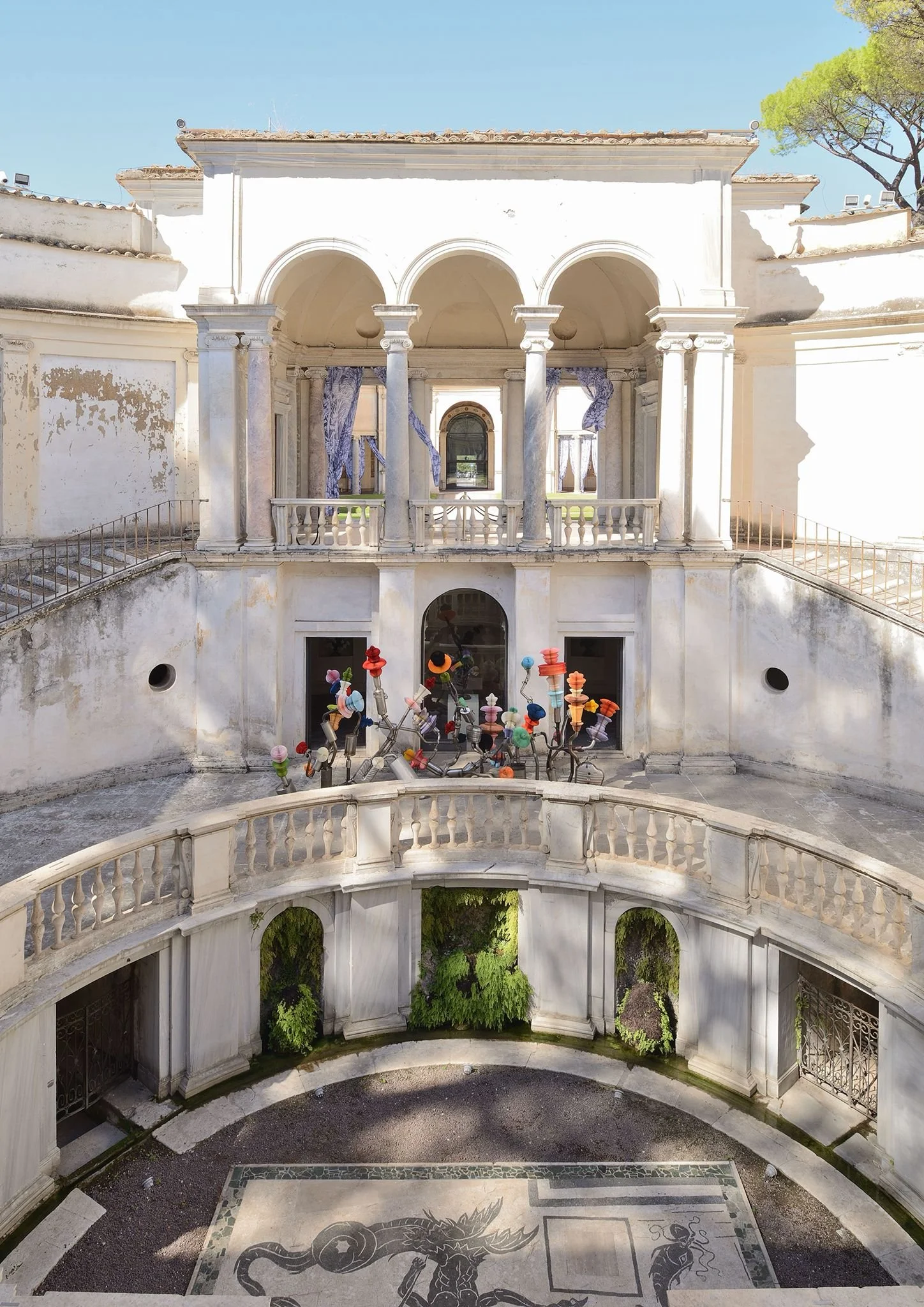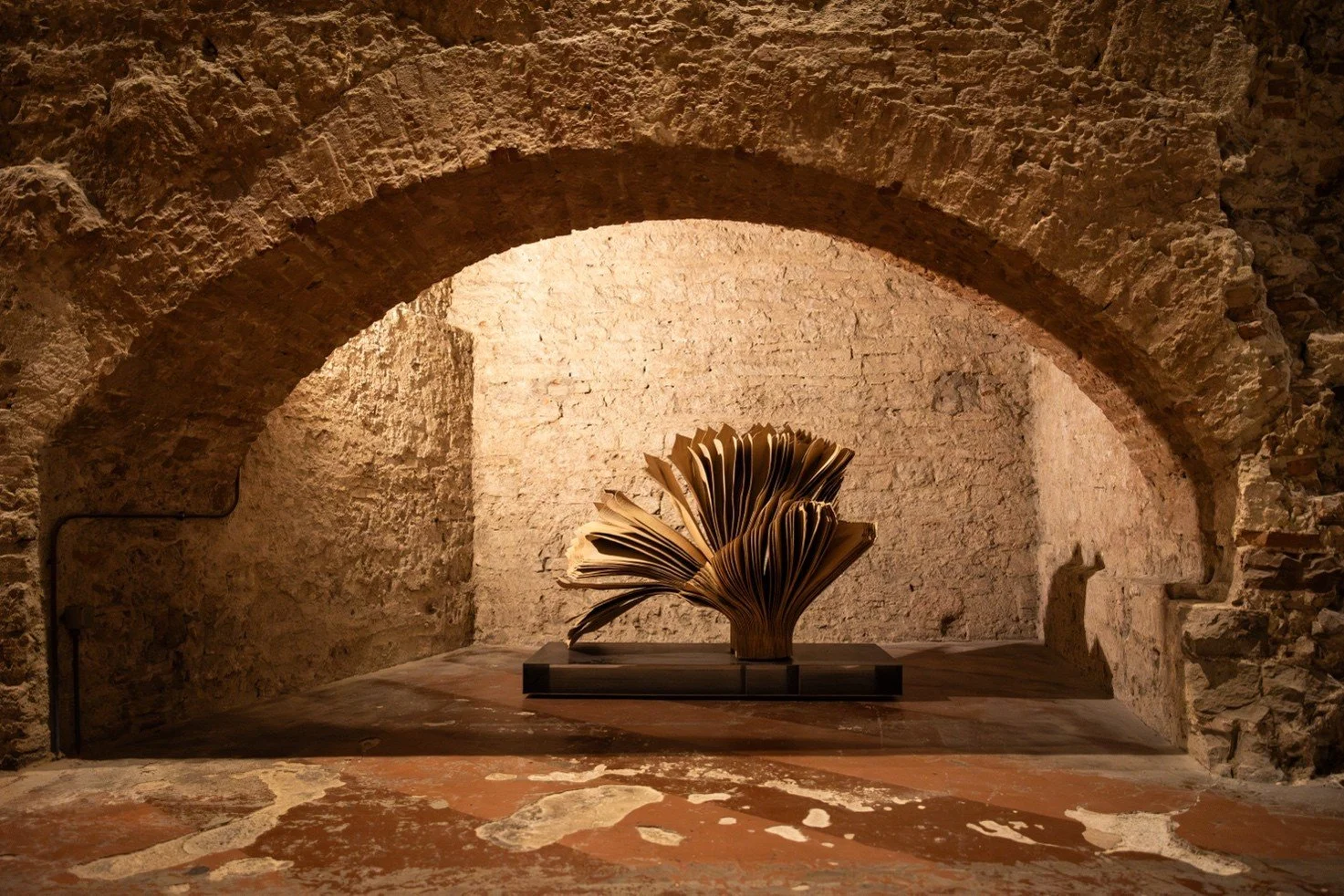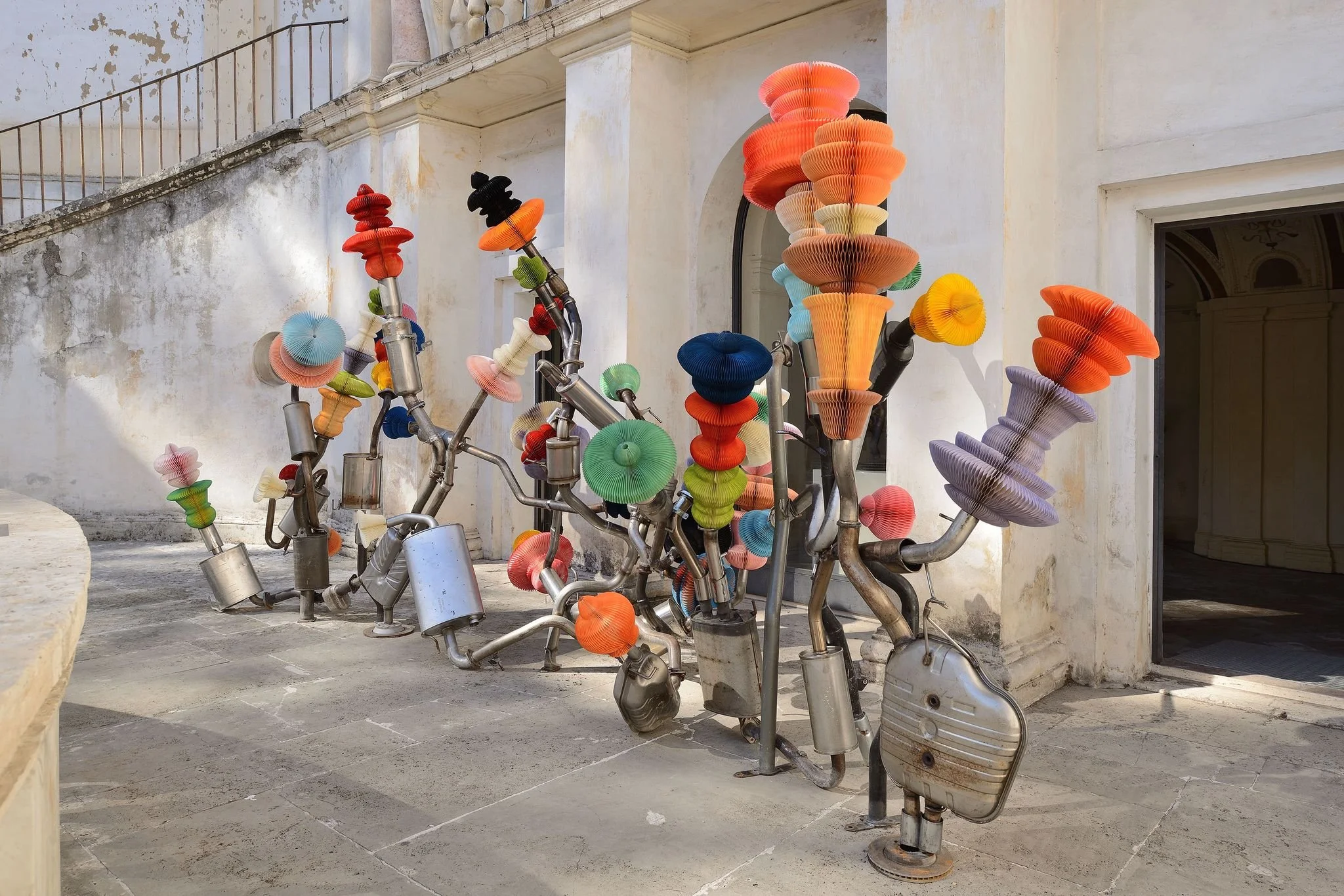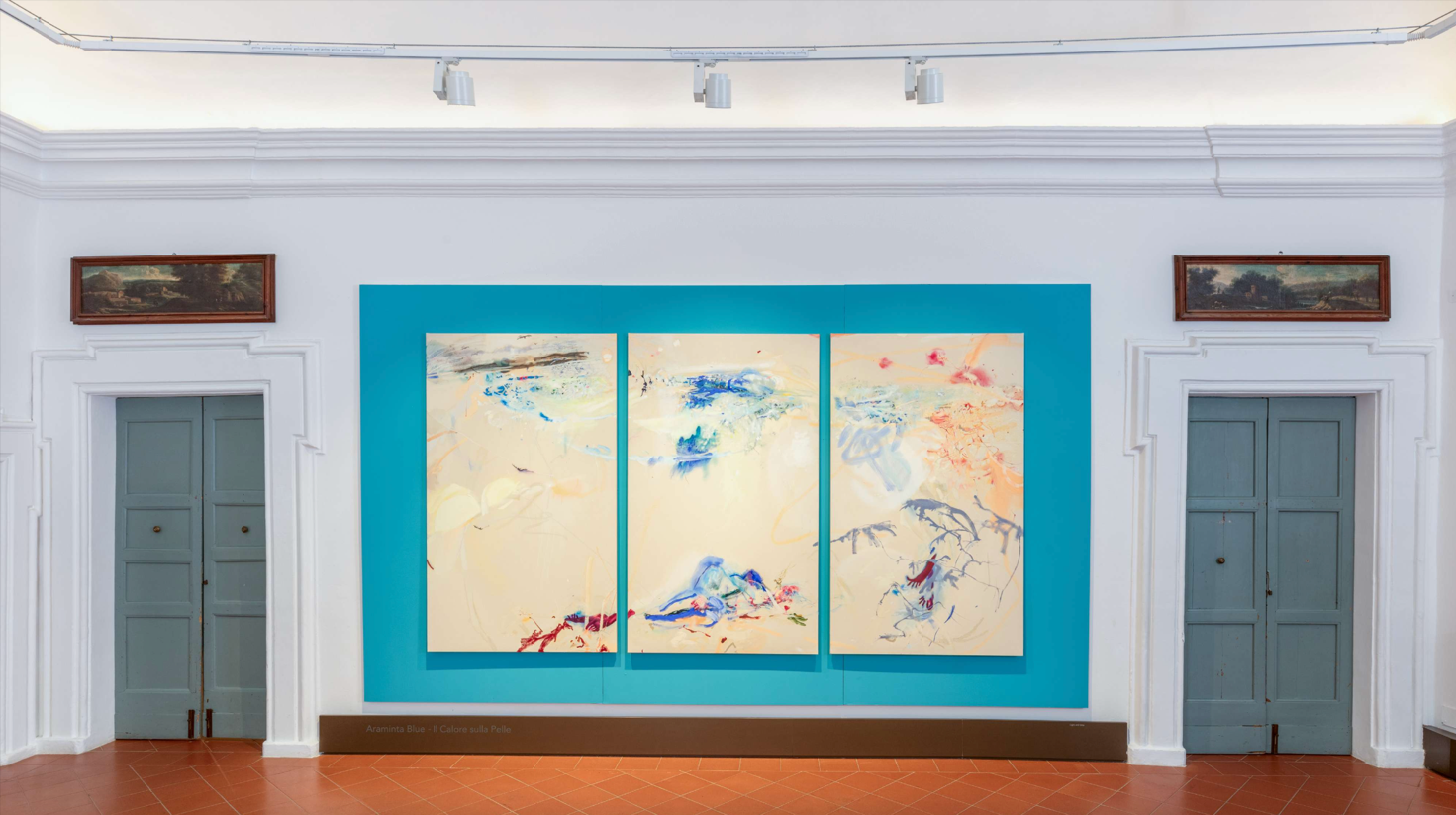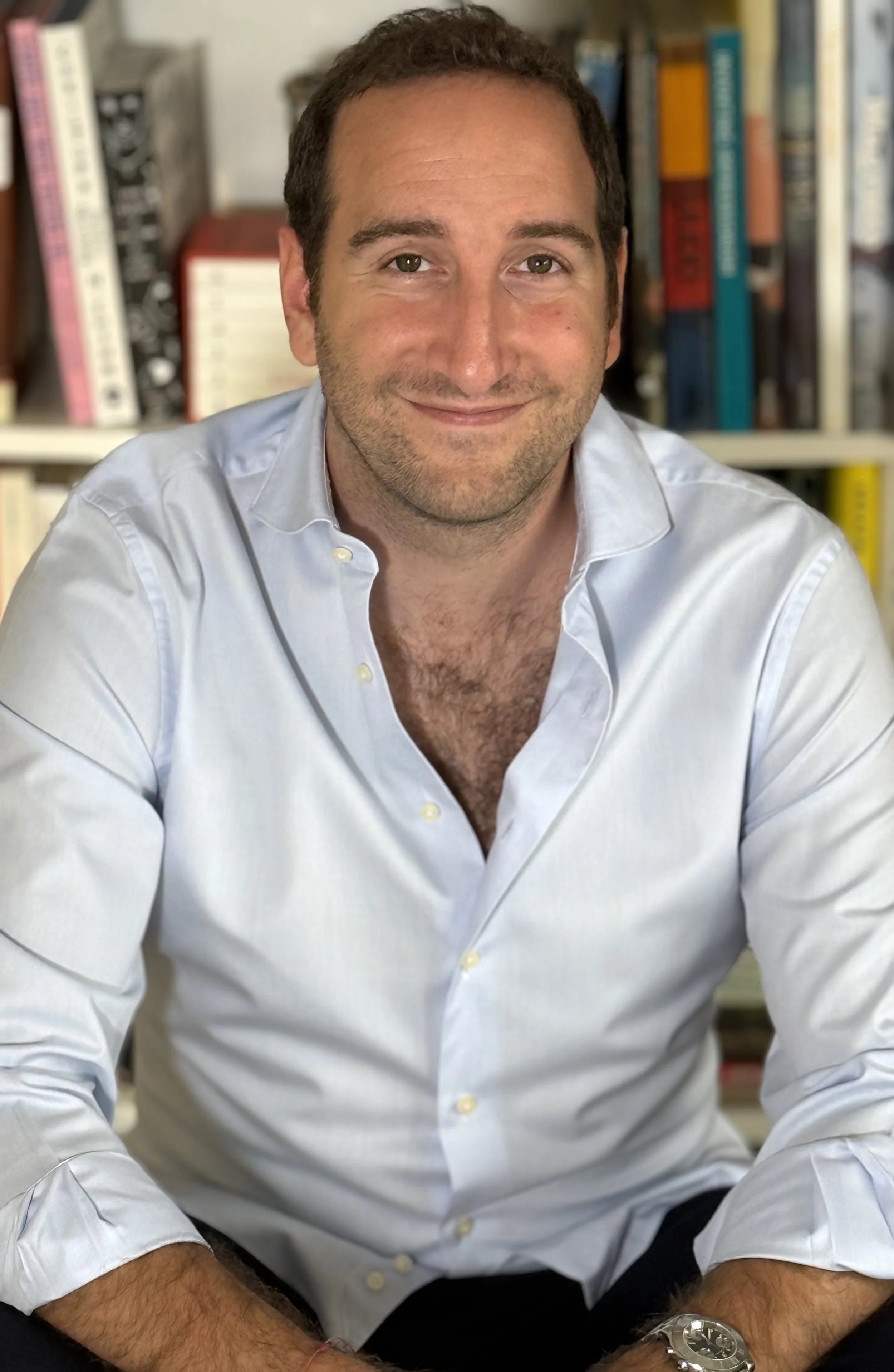Interview with Riccardo Freddo – Head of Museum & Institutional Relationships at Gallery Rosenfeld
From studying economics and finance in Rome and Stanford, to managing auctions at Sotheby’s and curating institutional shows across Europe, Riccardo Freddo has built a career that bridges two worlds: the rigor of finance and the creativity of art. Currently Head of Museum & Institutional Relationships at Gallery Rosenfeld in London, he is shaping the gallery’s institutional program and strengthening its global footprint.
Q: Let’s start with a personal question: why art? How did you get into the art world?
It’s funny, because I actually studied economics and finance at LUISS University in Rome. I then did part of my dissertation at Stanford University in 2014, where I focused on art investing under Professor Luca Fiorito from Columbia University.
Finance felt essential to understand the world, but I wanted to apply it in a more creative space. That’s how I shifted into art.
My first job was at Paddle8 in New York, the glamorous online auction house. After that, I joined Christie’s in Los Angeles in the Contemporary Department, and then moved to Sotheby’s, also in Contemporary, where I managed auctions for young collectors and emerging artists, including online sales and special projects. I spent four years there.
Later, I moved to Paris, where I managed a private collection of museum-quality works and, given the flexibility I had, I completed a second Master’s degree at Sorbonne University in art business. We broke five sales records for that collection, which was based between Rome and Paris.
For the past three years, I’ve been in London as Head of Museum & Institutional Relationships at Gallery Rosenfeld.
The Nymphaeum of Villa Giulia, installation by Japanese artist Keita Miyazaki
Q: Your dissertation explored art investing. What was your main takeaway?
The contemporary art market and financial markets are very similar. The main difference is that in finance, insider trading is illegal, while in art, it isn’t.
If you’re on a committee and know an artist is about to have a major museum show, you can buy the work in advance, knowing the price will rise — and that’s legal. Likewise, collectors can bid on artists they already dominate the market for, effectively raising prices themselves.
That insider aspect makes the art market unique.
Q: How has Gallery Rosenfeld evolved since you joined?
I worked closely with Ian Rosenfeld, who founded the gallery in 2011. Ian had an extraordinary vision and a genuine love for his artists. He often discovered them at graduate shows and nurtured them from the very beginning.
Because of his investment in the artists, we can now secure major museum and institutional shows. In the past 18 months alone, we’ve opened more than eight museum exhibitions. That’s only possible because of the strong foundation Ian created.
Herbert Golser - Palazzo Roveresco di Montebello, Marche, Italy
Q: Many of your institutional projects are in Italy. Does your background help?
Absolutely. I’m Italian, and I believe Italy is the perfect stage for contemporary art. The country offers extraordinary palazzos and historical venues that artists love to respond to.
Part of my mission is to bring contemporary art to smaller towns in Italy, not just the big cities. I want young people there to have access to what’s happening internationally.
For example, at Siena’s museum, the artist Tedora Axente incorporated the institution’s thousand-year-old history — including relics like the Veil of the Virgin Mary and the Nail of the Cross — directly into her site-specific works. Everything we propose is tailored and specific to the place.
Q: How do you compare different art markets — U.S., Europe, Asia?
The U.S. is still the strongest, especially New York. Collectors there are not afraid to buy less commercial, more institutional-quality works.
Japanese collectors are also wonderful, though they often prefer smaller works due to space. In Shanghai and Singapore, tastes lean towards more abstract and delicate works, while Americans tend to buy large-scale pieces because they have the space.
We adapt to each fair, but always maintain the gallery’s aesthetic identity.
Teodora Axente, The Ladder, 2025
Q: Your collectors are known for buying out of passion rather than speculation. How do you foster that?
We’re very selective. If a client isn’t sure about a work, I’m the first to advise against buying it. We want our artists placed with collectors who truly love them.
Unlike blue-chip galleries, our model isn’t about quick flipping. Since the gallery’s founding in 2011, very few works have returned to auction from original collectors — which is rare.
We see ourselves as an incubator for artists, helping them grow to a level where they can enter institutions and museums.
Q: Art storage and resale often come up in collector conversations. What’s your perspective?
Art isn’t the most liquid asset — there are transaction costs, auction fees, and premiums. Storage, unless you’re holding a Modigliani purely as an asset, is usually a sunk cost.
The best investment is always to buy what you love. The real return is the joy of living with the work, the conversations it sparks, and the connections it creates.
Q: How do you handle co-representation of your artists with other galleries?
We’re very open. We want our artists to have global exposure. The only conditions are that we align on a clear strategy and collaborate with good, reputable galleries. In the UK, we represent our artists exclusively. But internationally, we often share artists with U.S., Asian, or European galleries
Xue Ruozhe: Chronoscape exhibition at Rosenfeld
Q: Are you signing new artists at Gallery Rosenfeld?
Our priority is to give the artists we already represent the focus they deserve. That said, we organize group shows with younger artists and occasionally bring in new names on a case-by-case basis.
Q: Do you come from a family of collectors?
Not exactly, but there is an artistic background. My great-grandfather, Renato della Mancia, was an art critic who wrote the first text on Old Master restoration techniques and founded restoration institutes in Rome, Milan, and Lugano.
My uncle, Angelo Zampolini, is the architect who renovated the Pantheon in Rome. And my grandfather collected artworks privately. So while we’re not a family of major collectors, art has always been present in my family history.
Installation by Japanese artist Keita Miyazaki at the Nymphaeum of Villa Giulia
Q: What’s next for you and the gallery?
We’ll continue focusing on institutional and museum projects, while also serving as a platform for young collectors. Rosenfeld does not believe in opening multiple spaces around the world. London is one of the global capitals of the art market, and through fairs and digital platforms, our reach is already international. We’re committed to staying true to Ian’s vision: nurturing artists and helping them reach their full potential.
Main reason Riccardo Freddo stands out from the art crowd
What makes Riccardo Freddo stand out is his ability to bridge finance and art, passion and strategy. At Gallery Rosenfeld, he is carrying forward Ian Rosenfeld’s vision while shaping the gallery’s future with institutions, collectors, and artists worldwide.
Araminta Blue - Museum show at MARV Gradara, Italy


